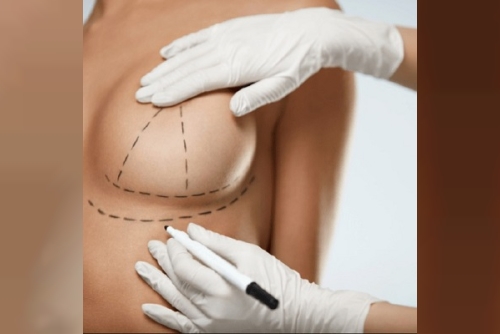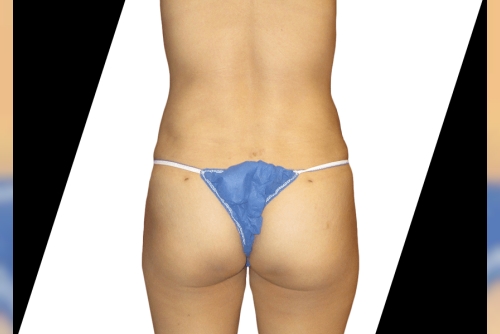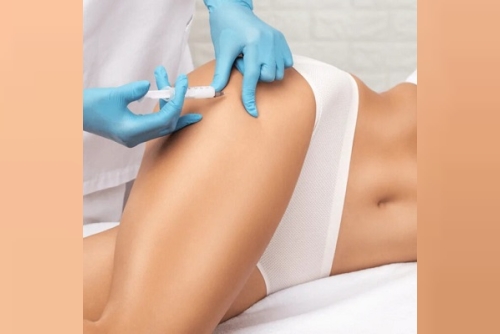Lipomas are benign tumors composed of fatty tissue that form just beneath the skin. These growths are typically harmless, but understanding their causes and treatment options is essential for those affected.
If you're seeking insights from a dermatologist in Roorkee, this guide will help you navigate the complexities of lipomas.
What Causes Lipoma?
The exact cause of lipomas is not fully understood, but several factors may contribute to their development:
Genetic Predisposition: Family history plays a significant role in the likelihood of developing lipomas. If someone in your family has had lipomas, you may be more prone to developing them as well.
Age: Lipomas are most commonly found in middle-aged adults, although they can occur at any age. The risk of developing lipomas increases with age.
Obesity: While lipomas can develop in individuals of any weight, some studies suggest that obesity may be a contributing factor. Excess body fat may promote the growth of fatty tumors.
Trauma: Although it is not a direct cause, some people report that lipomas appeared after a minor injury to the skin. However, this connection is not universally accepted in the medical community.
Metabolic Disorders: Certain metabolic conditions can influence the development of lipomas, as they may affect the body’s ability to process fats.
How to Treat Lipoma
While lipomas are generally harmless and often don’t require treatment, there are several options for those who wish to have them removed or treated:
Surgical Removal: The most common and effective treatment for lipomas is surgical excision. This outpatient procedure involves removing the lipoma entirely. It is typically performed under local anesthesia, allowing for a quick recovery.
Liposuction: In some cases, lipomas can be treated with liposuction. This technique involves using a thin tube to suction out the fatty tissue. Liposuction may leave smaller scars than traditional surgical removal, but it is not always suitable for all types of lipomas.
Steroid Injections: Although not a primary treatment, steroid injections can sometimes shrink lipomas. However, this method may not eliminate them entirely.
Observation: If a lipoma is small and asymptomatic, your dermatologist may recommend simply monitoring it for changes rather than immediate intervention.
How Dr. Hera Tabassum’s Dr. Hera’s Skin & Hair Clinic Can Help You
At Dr. Hera’s Skin & Hair Clinic, we specialize in diagnosing and treating various skin conditions, including lipomas.
Dr. Hera Tabassum, a highly experienced dermatologist in Roorkee, provides comprehensive care tailored to your specific needs.
Expert Consultation: Dr. Hera offers thorough evaluations to determine the nature of your lipoma and discuss your treatment options.
Surgical Expertise: With her extensive experience in dermatological surgeries, Dr. Hera ensures that lipoma removal is performed safely and effectively, minimizing discomfort and scarring.
Personalized Treatment Plans: Each patient is unique. Dr. Hera takes the time to understand your concerns and preferences, offering customized treatment options that suit your lifestyle.
Follow-Up Care: Post-treatment support is essential for a smooth recovery. Dr. Hera and her team provide ongoing care and monitoring to ensure optimal results.
If you are concerned about a lipoma or other skin issues, don’t hesitate to reach out to Dr. Hera Tabassum’s Dr. Hera’s Skin & Hair Clinic.
As a leading dermatologist in Roorkee, she is dedicated to helping you achieve healthy, beautiful skin.
Schedule your consultation today and take the first step toward effective treatment.










 Discover Sri Aarvee Hotels – The Best Place to Stay in Coimbatore
Discover Sri Aarvee Hotels – The Best Place to Stay in Coimbatore

